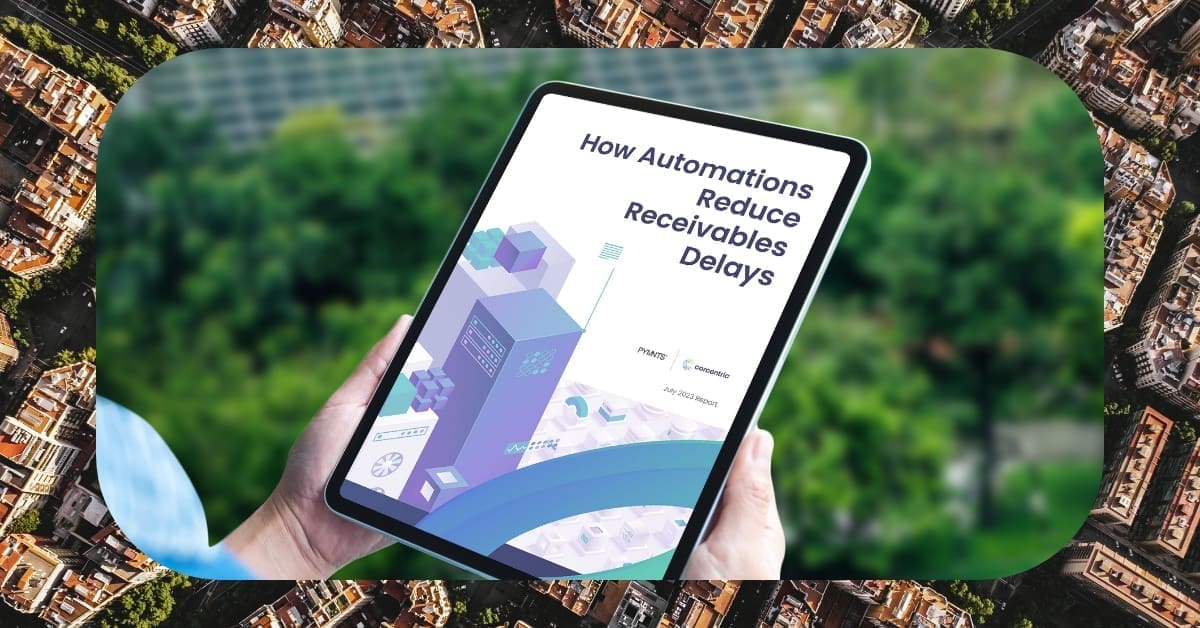Tapping Into The Power Of Cash APplication Insight With An Order To Cash Solution
Corcentric

CASH APPLICATION INSIGHT
Developing an efficient Order to Cash process (O2C) is essential for any business looking to maximize its financial performance. With an optimal O2C process, companies can reduce accounts receivable days and increase cash flow. With an increasing focus on digital transformation, advances in technology have provided companies with innovative solutions to drive operational excellence. One of the latest and most powerful tools for O2C is cash application insight.
Cash application insight involves the use of software tools to automatically match incoming payments with invoices, providing visibility into the cash position of the company. There are multiple benefits to utilizing such tool. To begin, cash application insight can improve customer service, as it provides immediate visibility into the status of customer payments, helping to streamline any enquiries. In addition, cash application insight can help reduce the administrative overhead associated with manual payments processing by freeing up resources to focus on more strategic tasks. Finally, cash application insight can enable greater accuracy, as it eliminates the need for manual tasks and manual data entry.
The following step-by-step guide outlines the process for tapping into the power of cash application insight with an O2C solution.
Step 1: Select Solution
When selecting solution for cash application insight, it is important to consider the features and functionalities that best suit your particular business needs. For instance, some solutions provide advanced features such as natural language processing (NLP) to automatically recognise different document types such as invoices, while others are more basic and only provide basic functionality such as the ability to read images or capture information from emails.
Step 2: Set Up the Software
Once you have chosen software solution, the next step is to set up the software. Here, you should consider the various options for integrating with your existing back-end systems, such as Enterprise Resource Planning (ERP), payment gateways, customer accounts and more. Once these integration points are established, the software can automatically extract invoice line-item information and imported payments from the various connected systems.
Step 3: Configure the Solution
Once the software is set up, it is necessary to configure the solution for your specific business processes. This may include setting rules for payment matching, configuring tax codes, setting up email notifications, and more. It is important that these rules and configurations are documented and tested before going live.
Step 4: Implement the Solution
After the solution is configured, it is time to implement the solution. This may include pilot to test the system, training staff to use the software and procedures, and updating internal systems. Before going live, it is important to ensure everything is working as expected.
Step 5: Monitor Performance and Make Changes
Once the solution is up and running, it is important to monitor the performance of the system to ensure it is operating as expected. This may involve examining logs, checking customer feedback, or examining the financial impact of the solution. If necessary, adjustments can be made to the system and its rules to optimise it for your specific use case.
Conclusion
The implementation of cash application insight with an Order to Cash solution can prove to be hugely beneficial for any business. By streamlining the payments process, companies can reduce costs and achieve more efficient O2C process. With the right cash application Insight solution, businesses can quickly unlock the power of this technology to achieve greater financial performance and customer satisfaction.

